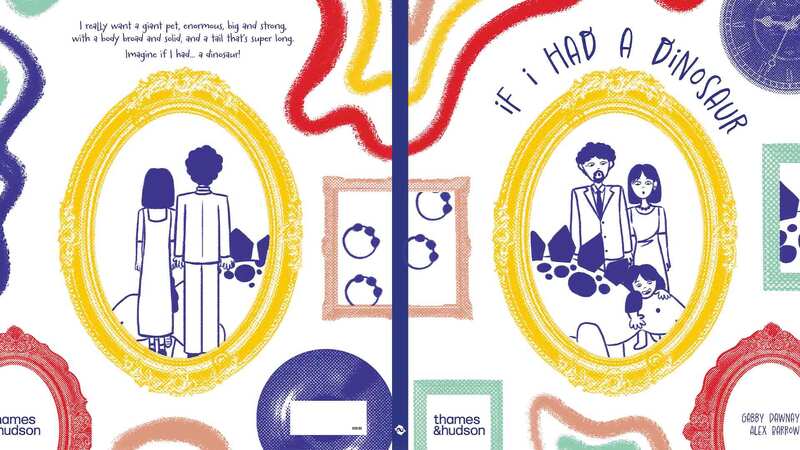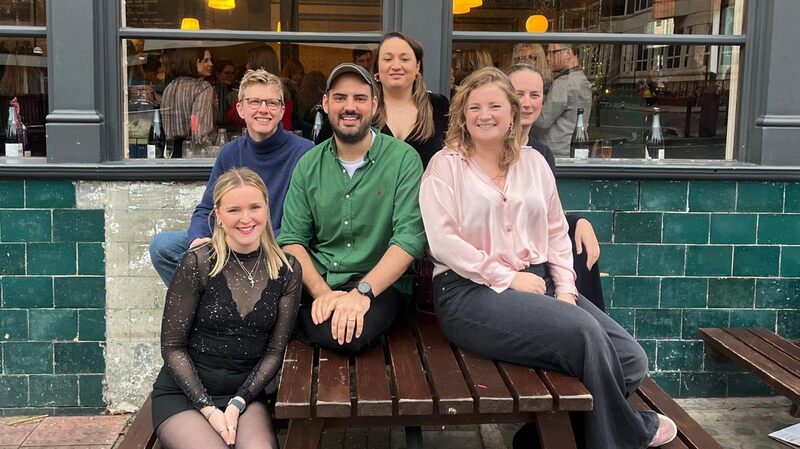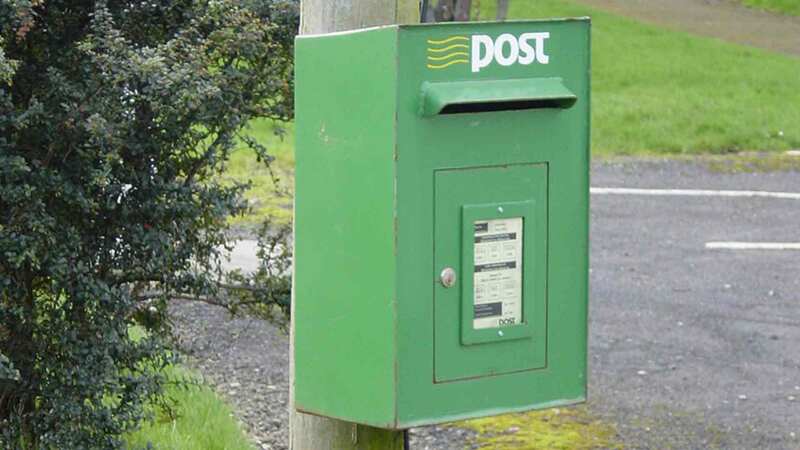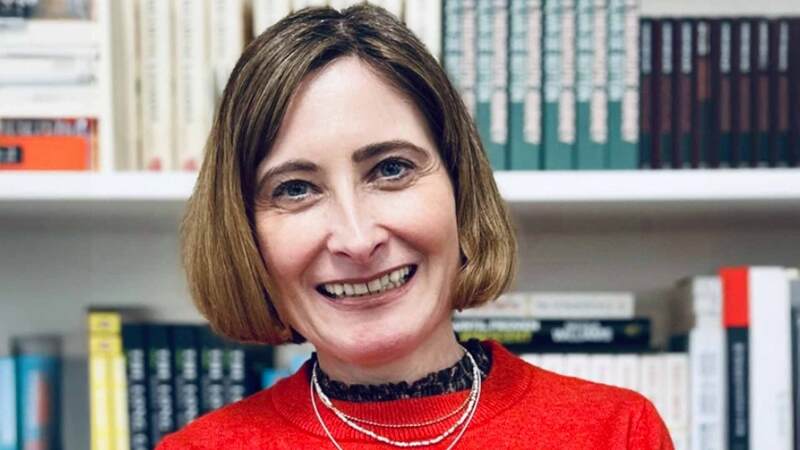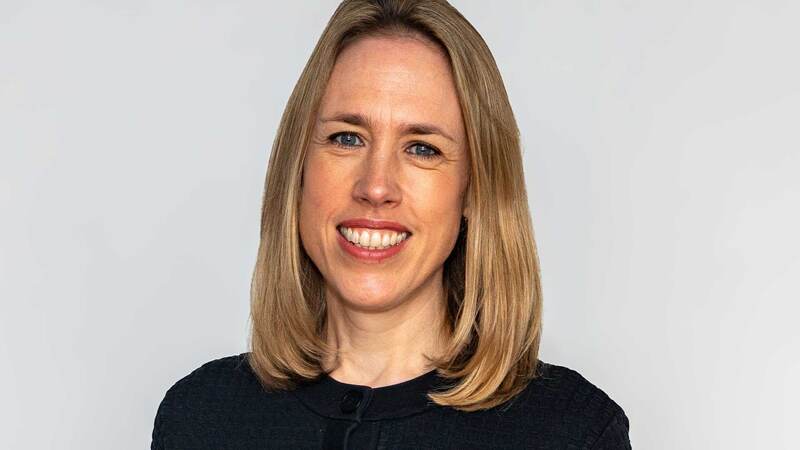You are viewing your 1 free article this month. Login to read more articles.
Pupil interest in reading drops in secondary school
Secondary school pupils are far less interested in reading than children at primary school, with only 40% of 14-16 year-olds saying they enjoy reading compared with more than 70% of 8-11 year-olds, according to a new National Literacy Trust (NLT) report.
For the ‘Children’s and Young People’s Reading in 2015’ report, released today (28th April), the NLT surveyed 32,569 children and young people in the UK. It showed that 72.6% of Key Stage 2 pupils said they enjoyed reading “very much” or “quite a lot”, but that figure dropped to 40.2% of Key Stage 4 pupils.
Even fewer Key Stage 4 pupils are likely to say reading is cool (24.1%), compared to 70.5% of Key Stage 2 pupils.
Jonathan Douglas, director of the NLT, said: “There has been a huge amount of energy put into reading for enjoyment at primary stage since the National Literacy Strategy, involving creative work by both primary schools and the third sector with initiatives such as the Reading Agency’s Summer Reading Challenge and the National Literacy Trust’s Young Readers Programme. These energies need to be released into the secondary stage, where despite great work by English departments and librarians, pupils seem to be struggling to sustain their enjoyment of reading.
“Influencing factors could be the pressures of academic studies, lack of time, less campaigning at secondary stage by the third sector and a reduction in influence of parents.”
However, the report also showed that overall, children’s enjoyment of reading is up, with 54.8% of children saying they like reading very much or quite a lot in 2015, compared to 54.4% in 2014. Pupils reading outside class also increased, from 41.4% in 2014 to 43% in 2015.
Girls enjoy reading more than boys, although the gap has narrowed from a 14.4 percentage point difference in 2014 to a 13.4 percentage point difference in 2015.





